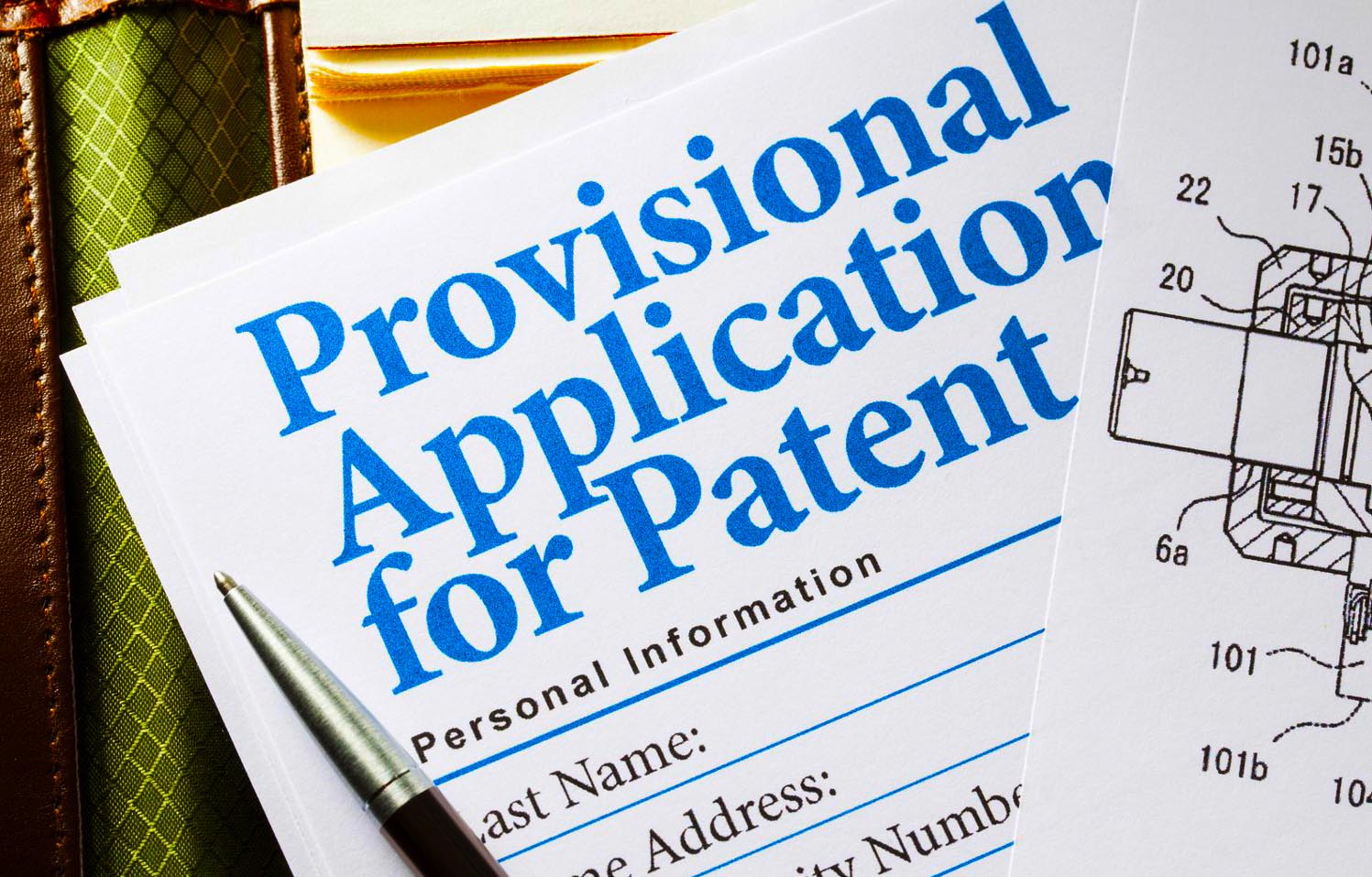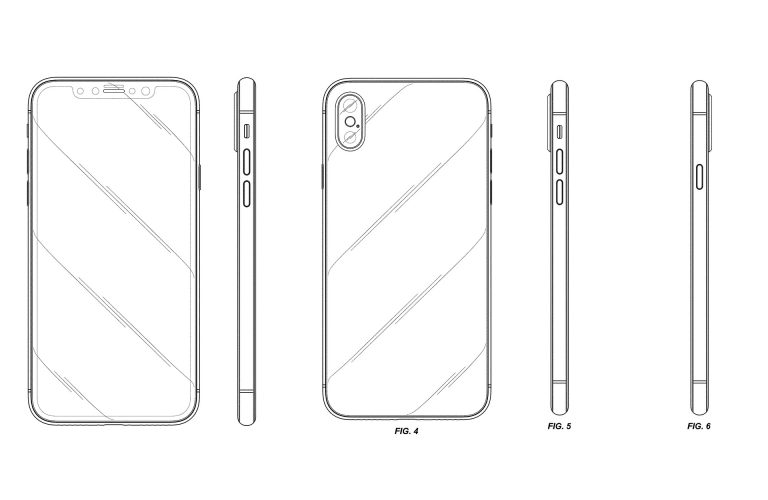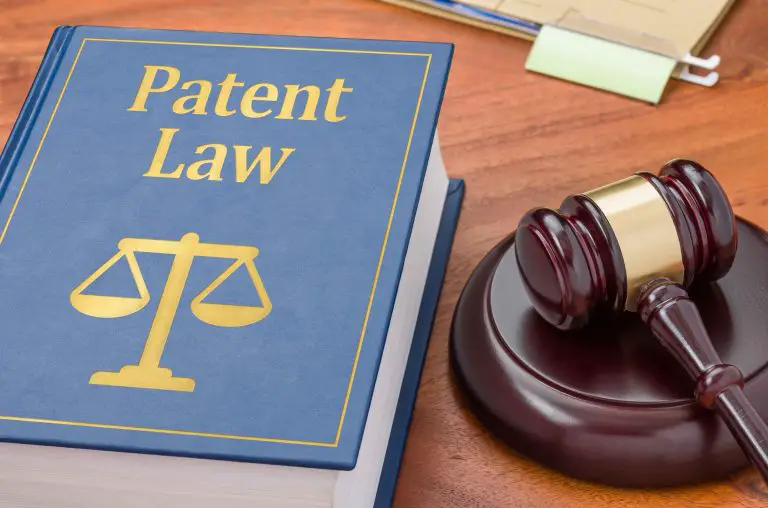What is a Provisional Patent
If you’ve spent the past few months working on your invention, you’re probably wondering how to protect your invention? You’ve probably heard that you should get a provisional patent. We are here to tell you that the patent office does not offer provisional patents, it does, however, offer patents. This article will explain all of the details you need to know about the provisional patent application.
Applying for a provisional patent application will get you a priority date and patent pending status, but provisional patent applications do not mature into patents. To get a patent, you will have to file a non-provisional (regular) patent application at the USPTO within 12 months of filing your provisional patent application.
Provisional Patent Application Explained
Provisional patents are very useful and beneficial, especially in the United States, which gives priority to the party that files its patent application first. Under the first-to-file rule, priority is given to the first party that files it’s provisional or non-provisional patent application. To get priority, you must have filed your patent application prior to disclosing the invention or offering it for sale.
The USPTO (United States Patent and Trademark Office) began offering provisional patent application on June 8th, 1995. At this time, the USPTO also changed the patent term from 17 years from the date a patent is issued to 20 years from the patent application filing date.
As part of a provisional patent application, you will have to write a description of your invention and you will have to include several drawings of your invention. You will have to include any drawings that are necessary for the patent examiner to understand the subject matter you’re seeking to patent.
Unlike a non-provisional (regular) patent application, a provisional patent application doesn’t required formal patent claims, an inventors oath, or an information disclosure statement (IDS).
Provisional Patent Application Examination
Provisional patent applications do not become a granted patent. This is so because provisional applications are not examined by the patent office, they are merely placeholders in time, reserving a priority date for your invention.
Provisional patent applications are not examined by the patent office. The examination is delayed for provisional applications. However, if an inventor wants to obtain a patent, he must file a nonprovisional application within 12 months of filing a provisional patent application. Said differently, for a provisional application to become a patent, it must either be converted into a nonprovisional application or the inventor must file a nonprovisional patent application that relates back to the provisional patent. Rarely will the patent office extend the 12 month pendency period of a provisional patent application.
If your invention is ready and does not require any modifications or tweaks and you have financial power, you can just skip the provisional application and apply for a regular patent application. Non-provisional patent application requires a high amount of detail and they are examined by the patent examiner. If a patent examiner determines that the application meets the requirements of the patent office, the patent application is granted and a patent is issued.
Provisional Patent Application Tip
If you have filed a provisional patent application you should be aware of the consequences of converting your provisional patent application into a nonprovisional application vs filing a nonprovisional patent application claiming the benefit of the provisional application.
You can file a provisional patent application up to 12 months following the inventor’s public disclosure of his invention. Just remember that although public disclosure is permitted in the United States, such pre-filing disclosure of your invention may prohibit you from patenting your invention overseas.
So, what counts as a public disclosure of your invention?
- Publication of your invention
- Public use of your invention
- Offering your invention for sale
The patent term for a patent that issues from a nonprovisional application that results from the conversion of a provisional application is measured from the original filing date of the provisional patent application.
However, if an inventor files a nonprovisional patent application that claims priority to an earlier-filed provisional application, the patent term will begin from the date of filing the nonprovisional application. This could extend the life of a patent by up to 12 months.
Provisional Patent Application Requirements
Provisional patent application must name all of the inventor(s) involved in making the invention. As previously stated, you can file a provisional patent application up to 12 months after an inventor’s disclosure of the invention. Filing a patent application more than 12 months after disclosing your invention will preclude you from patenting your invention.
According to 35 U.S.C 112(a), to qualify for a provisional patent application, you must include a description of your invention, as well as how to make it and use it so that a person skilled in the field of your invention will be able to make the invention and use it.
Although the USPTO does not require you to file any drawings with your provisional patent application, you can certainly include any drawing that are necessary to understand the invention.
Your provisional patent application should include all of the following items:
- Filing application as a provisional patent application
- Name of all inventor(s)
- Inventor(s) residence(s)
- Title of your invention
- Name and registration information of any attorneys helping you out
- Address for correspondence from USPTO
- Include any government agency that has a property interest in your invention.
Written Description of Your Invention
The description of your invention should be clear and easy to understand. You should use terminology that enables someone who’s skilled in the field of your invention to understand how to make and use your invention. You should include the following in the description of your invention:
- Title of the invention
- Purpose of the invention
- Steps of the invention
- How the invention performs its steps
- How users operate the invention
- Advantages of the invention
Drawings For Your Invention
While the patent office does not require that you submit drawings with your provisional patent application, include them especially if they are necessary for someone to understand your invention and how it works. This is important especially when used to establish priority. You want your provisional patent application to adequately describe the full scope the invention that you want to claim in your non-provisional patent application.
Drawings are your best friends and although we know that some of you may want to cut corners to save money, drawings are not the place to do so. You’ve probably heard that pictures are worth a 1000 words and this couldn’t be more true for your provisional patent application. Drawings can supplement and fix many of the mistakes or shortcomings in your written disclosure, so having professionally made drawings is your best option. Professional drawings can be obtained from $50 to $100 for each drawing.
Reminders
Just remember that you need to include enough details to successfully file you provisional patent application. If for some reasons the patent examiner decides that your nonprovisional application is too different from your provisional filing, you will lose the benefit of your provisional patent application filing date for any new subject matter.
If the patent examiner thinks that there differences between the two applications are great enough to show that you were not in possession of your invention, you may lose the benefit of your provisional filing date for a new subject matter.
The description of your invention in your provisional patent application must support your nonprovisional application to avoid rejection of new subject matter.
Provisional Patent Application Benefits
Filing provisional patent application has many benefits that we will cover below.
Priority Filing Date
Filing a provisional patent application will help you lock in your priority filing date for the lowest possible price. Filing a provisional patent application can be done by paying the patent office a fee of $140 for small entities. Small entities include individual inventors and businesses with fewer than 500 employees.
Patent Pending Status
Filing a provisional patent applications allows you to use the term “patent pending” on your products, their packaging, and any accompanying materials. This shows any potential investors that you are serious about your invention and that you have taken legal steps to protect your invention. Patent pending also puts your competitors on notice that you’re invention may be protected at a later date and that you will enforce your rights under U.S patent law if they copy your invention.
Lower Cost Than Non-provisional Patent Application
Provisional patent applications cost less than non-provisional patent application. The cost to file a provisional patent application comes in at $140 for a provisional application and $150 for a non-provisional application, but you’ll save money if you’re seeking the help of an attorney to file a provisional patent application vs a non-provisional application.
Some feel comfortable filling out a provisional application on their own while most will need the help of an attorney to fill out a non-provisional patent application. Attorneys typically charge between $5,000 to $15,000 to file a non-provisional patent application, whereas they charge between $1,500 to $3,500 to file a non-provisional patent application, which makes filing a provisional application significantly cheaper.
Secret
Provisional patent applications are not published (made public) because they are not examined by the USPTO and therefore don’t get published. Provisional patent applications remain secret at the USPTO with a few exceptions.
Immediate Acceptance
The USPTO immediately accepts provisional patent applications, allowing you to mark your invention as patent-pending immediately. This is so because provisional patent applications are not examined by the patent office.
Provisional Patent
As a reminder, you can file a provisional patent application to claim patent pending status for 12 months, during which you must file a non-provisional patent application that will mature into a granted patent. While there is no such thing as a provisional patent, filing your provisional patent application will afford you the protections and benefits we described above. If you have any general questions or comments, please feel free to leave them in the comments section below.








